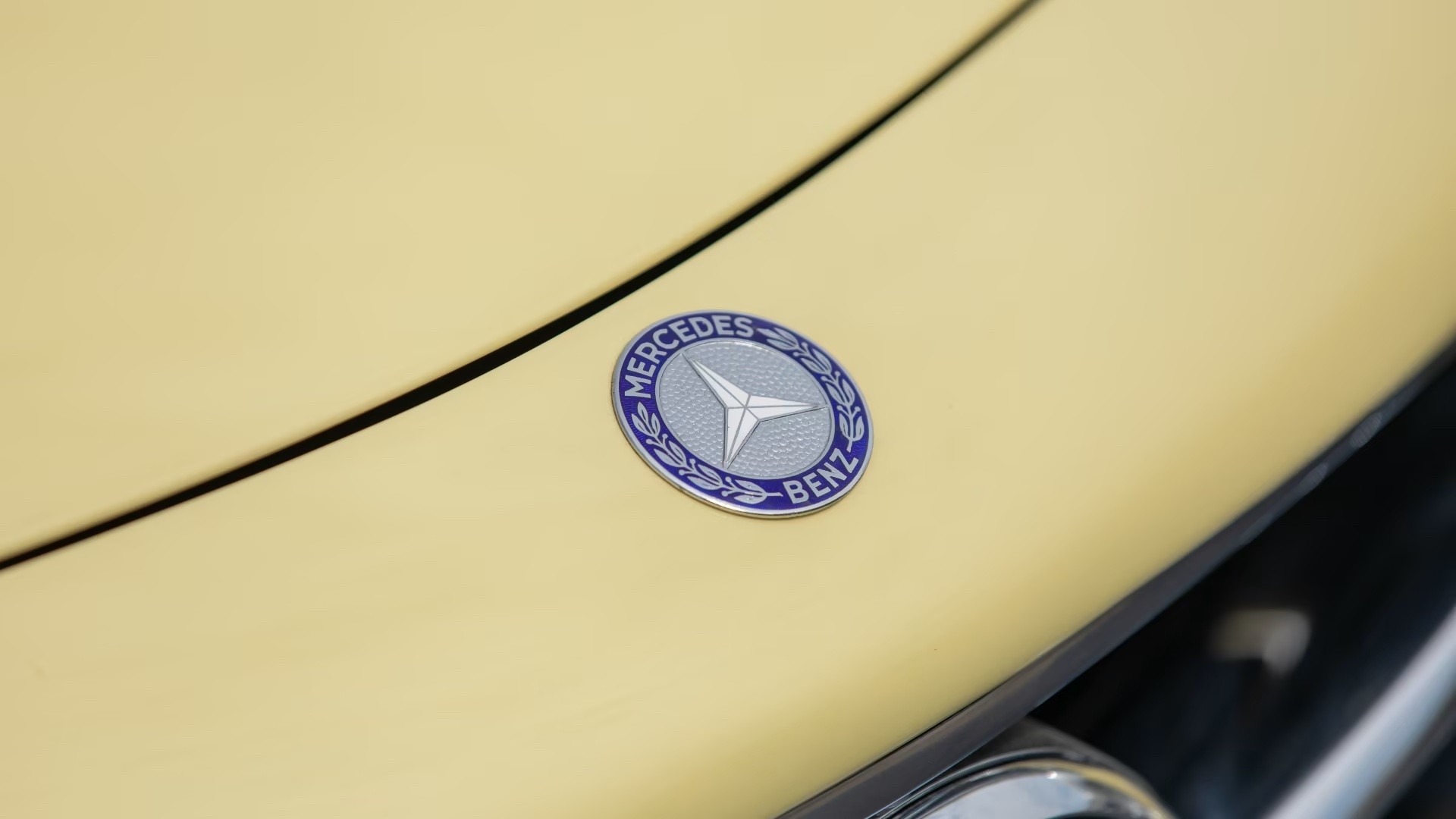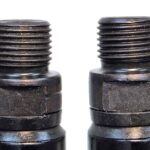The classic car world was recently rocked by allegations of fraud against renowned Mercedes-Benz restorer, Kienle Automobiltechnik. German authorities suspect the company of creating a duplicate 1961 Mercedes-Benz 300SL roadster, a “Mercedes Fake,” using the chassis number of an extremely rare, unregistered vehicle. This incident highlights the growing concern surrounding counterfeit classic cars, particularly within the prestigious Mercedes-Benz market.
The Kienle Case: A Mercedes Fake Emerges
The investigation was triggered when the new owner of a 1961 300SL Roadster, sold for €1.6 million, discovered another 300SL registered with the same chassis number. This yellow example, a potential “mercedes fake,” was previously sold by Kienle in 2019. German authorities raided Kienle’s premises, seizing evidence and launching an ongoing investigation.
Kienle denies any wrongdoing, claiming they acted as a broker, not a restorer, for the suspect vehicle. They maintain the “mercedes fake” was never in their facility for restoration purposes. However, the incident raises critical questions about due diligence and the potential for fraud in the high-stakes world of classic car sales.
The Allure and Risk of Rare Mercedes
The allure of rare and valuable Mercedes-Benz models like the 300SL makes them prime targets for counterfeiting. “Chassis numbers that no one has seen in years are fertile ground for the criminal mind,” says appraiser Dave Kinney. The complexity of these cars, with their numerous parts and unique serial numbers, provides ample opportunity for creating convincing “mercedes fake” vehicles.
Protecting Yourself from a Mercedes Fake
The Kienle case serves as a stark reminder of the importance of thorough research and expert consultation when purchasing high-value classic cars. Potential buyers should:
- Verify the seller’s reputation and research: Conduct due diligence on the seller or broker, scrutinizing their history and expertise.
- Investigate the car’s history: Trace the vehicle’s ownership history, maintenance records, and any previous sales. Look for inconsistencies or gaps that might suggest a “mercedes fake.”
- Commission an expert inspection: Engage a qualified expert to conduct a forensic examination of the car, analyzing everything from bolt sizes and weld types to the authenticity of stampings. This is crucial to identify a potential “mercedes fake”.
The Stakes are High: Beyond Financial Loss
The ramifications of purchasing a “mercedes fake” extend beyond financial loss. The discovery of a counterfeit car can damage reputations, erode trust in the classic car market, and cast a shadow over legitimate restoration businesses. As the Kienle case demonstrates, even established players can become entangled in allegations of fraud.
The Future of Classic Car Authentication
The increasing sophistication of counterfeiters necessitates a more rigorous approach to authentication. Experts are developing new techniques to identify “mercedes fake” vehicles, employing advanced technologies and meticulous documentation. Buyers must remain vigilant, prioritizing thorough research and expert consultation to protect themselves from fraud. The future of the classic car market depends on it. The detection of a “mercedes fake” is paramount to preserving the integrity of this passionate community.


